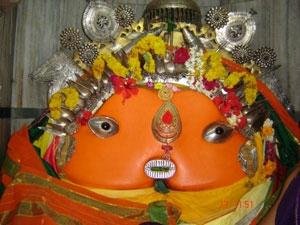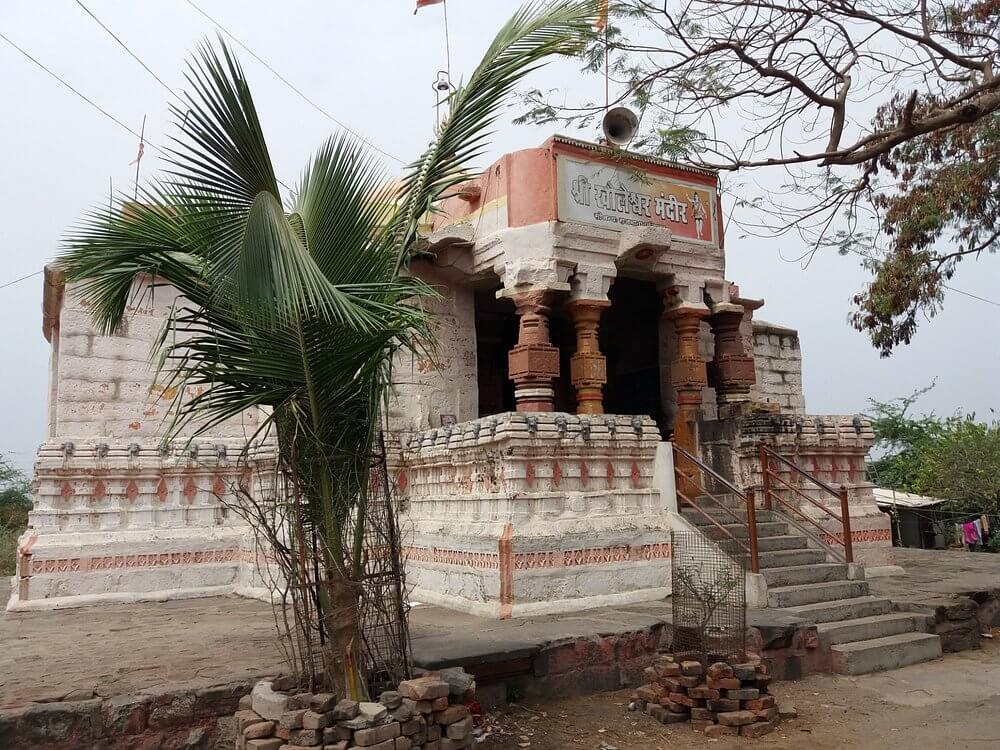Beed
Introduction to Beed District
In the middle of Maharashtra lies Beed District, a place many travelers miss when they visit the state’s famous spots. But this hidden treasure has a unique charm just waiting for people to find. When you start your trip through Beed, you’ll see a mix of deep history, beautiful scenery, and lively culture that will amaze you.
People know the district for its different types of land, from green fields to rocky hills, making it great for those who love nature. Your trip will take you to small villages, old temples, and pretty views that show off the natural beauty of rural Maharashtra. The nice people who live there make it even better, often happy to tell stories about their special customs and history.
The History of Beed
The history of Beed dates back to as early as 1173, based on archaeological evidence, when it was ruled by the Yadavas of Devagiri, now known as Daulatabad in Maharashtra. Various accounts exist regarding Beed’s origin. One such account suggests that it was known as Durgavati during the time of the Pandavas and Kauravas. This name was later changed to Balni, and after its capture by King Vikramaditya, it was renamed Champavatinagar in honor of his sister, Champavati.
Between 1600 and 1858, Beed saw numerous changes in its rulers, with constant battles between the Nizam Shahi and Adil Shahi rulers. During this period, Beed became a part of Marathwada and witnessed various uprisings. The first freedom struggle in Beed began in 1818 under Dharamji Pratap Rao, but it ended in 1829 with the leader’s capture. Further revolts occurred, including one in 1858 and another major one in 1898 under Rao Sahab, led by the Brahmins of Beed, all of which were suppressed by the British.
After India’s independence in 1947, Beed was part of the Hyderabad state, which was annexed to India in 1948. The region faced communal tensions and unrest during this period. It was only after the creation of Maharashtra in 1960 and the final integration of Beed into the Bombay Presidency in 1962 that it found its place in the modern Indian state structure.
Top Tourist Attractions in Beed
Religious Sites
Beed district in Maharashtra has many important spiritual and historic sites mixing religious value with cultural history. Here’s a look at some key temples and monuments in the area:
Religious Sites
- Shri Yogeshwari Mata Mandir This temple honors Goddess Yogeshwari Mata and serves as a key spiritual hub. People come here to seek blessings and find inner calm.
- Shri Vaijanath Mandir, Parali This temple stands out as a major pilgrimage spot. It’s one of the twelve Jyotirlingas that pay tribute to Lord Shiva. In Hindu tradition, it holds great importance and draws many religious tourists.
- Shri Mukund Maharaj Mandir, Ambajogai You’ll find this sacred place in Ambajogai. It has ties to the respected saint Shri Mukund Maharaj. The site plays a big role in the area’s spiritual and cultural scene.
- Shree Kankaleshwar Mandir This temple’s detailed architecture makes it a work of art. People come here to worship Lord Kankaleshwar. The building shows off the area’s deep cultural roots.
- KapilDhar Temple You’ll find this temple close to the beautiful KapilDhar Waterfall. It gives visitors a peaceful spot to think about spiritual matters while surrounded by nature.
Forts
- Dharur Fort Dharur Fort, an old stronghold, shows how important Beed was in the past. The crumbling walls tell stories of its former glory.
Natural Wonders
Beed district doesn’t just have a rich cultural and historical heritage. It also has several beautiful natural sites that draw nature lovers and thrill-seekers. From scenic waterfalls to peaceful dams, here are the natural attractions in Beed you shouldn’t miss:
- Sautada Waterfall: Tucked away in Sautada village, this stunning waterfall draws nature enthusiasts and picnic-goers. Water tumbles down amid green surroundings, creating a peaceful and cool atmosphere. This is especially true during monsoon season when the falls reach their peak flow.
- Kapildhara Waterfall: You’ll find this picturesque waterfall near Kapildhar Temple, another jewel in Beed district. Rocky cliffs and lush scenery form its backdrop, giving visitors a quiet getaway. The rush of water and natural beauty make this spot ideal to unwind and take photos.
- Bindusara Dam: Located close to Beed city, the Bindusara Dam doubles as a large water storage facility and a picturesque retreat. The still waters of the dam, with hills and greenery around, create a serene setting for visitors. Families and friends often come here to spend time in nature.
Other Attractions
- Shivaji Maharaj Chouk This main square honors Chatrapati Shivaji Maharaj’s memory. It shows how the Maratha king continues to shape the area.
- Khajana Bawadi The “Khajana” stepwell stands as a testament to past engineering and building skills. History buffs still find this old site fascinating.
Best Time to Visit
Winter, from October to February, offers the best time to explore Beed District. The cool weather suits sightseeing and outdoor activities. Summer heat can be harsh, so plan your trip when temperatures drop. The rainy season, from June to September, turns the landscape green, but expect heavy rains that might disrupt your travel plans.
Why Beed Should Be on Your Travel Itinerary
Beed District calls out with its unexplored beauty, deep history, and lively culture, making it a place you should check out. From old landmarks to beautiful views and tasty food, this lesser-known spot has lots to offer for all kinds of travelers. You’ll notice that the friendly locals and peaceful surroundings create a trip you won’t forget.
So take the road less traveled and dive into the hidden treasures of Beed District—you’ll be glad you did.
Want to discover Beed and find its secret spots? Begin planning your trip now and start a journey that will give you memories to last a lifetime!
Travel Essentials
Here are the travel essentials one should know
Top Attractions
Discover the beauty and culture of Maharashtra through our curated experiences

Kankaleshwar Temple
This ancient Shiva temple is known for its intricate architectural design and historical significance. The temple is surrounded by a large water tank, adding to its serene atmosphere.

Parli Vaijnath
One of the twelve Jyotirlinga shrines dedicated to Lord Shiva, Parli Vaijnath attracts numerous devotees. The temple is known for its spiritual significance and beautiful architecture.

Dharur Fort
Dharur Fort is a historic fort in Beed district, Maharashtra, known for its strategic significance and architectural heritage.

Kapildhar Falls
Located near Dharur in Beed district, Kapildhar Falls is a beautiful waterfall surrounded by lush greenery. It is a popular spot for picnics and trekking, offering a refreshing experience in the lap of nature. The area around the falls is perfect for nature walks and enjoying the serene environment.

Yogeshwari Mata Mandir, Ambajogai
Shri Yogeshwari is a Bhushan of Ambanagari. In the first place, untouchables have embraced literary and culturally respectable Maharashtrian minds. Two of them are remarkable about the poet’s composition Shri Mukundraj and the mausoleum of Navkot Narayan Sant poet Dasopant of Marathi literature. The importance of Ambanagari has increased due to this reason, and in ancient times, this city was sitting in other cities like Bushan ghost (Nagar Bhushan Bhav).

Kholeshwar Temple
This is a temple with historical importance now under archaeological control. It was built by Rani Laxmi in the Rashtrakuta Dynasty. Built in Hemadpanthi style is it unique in itself. Entrance gate, central dome and the mandir dome. It is a lord Shiva temple and is still in use.

